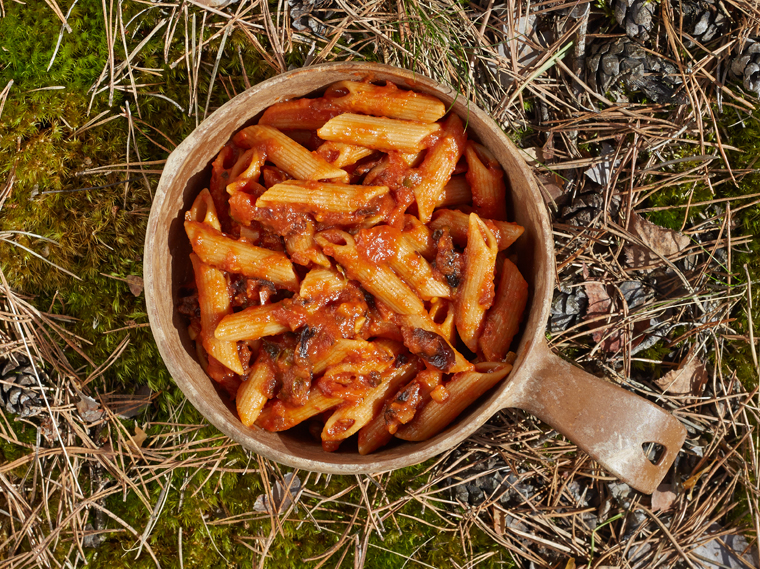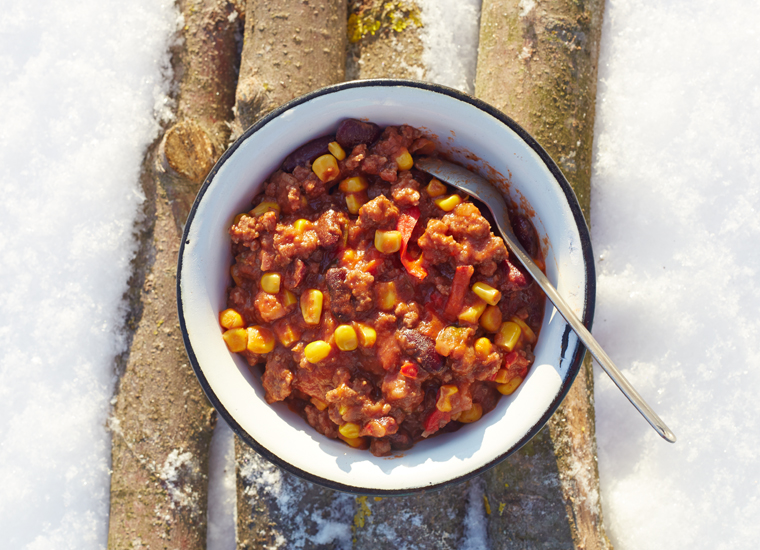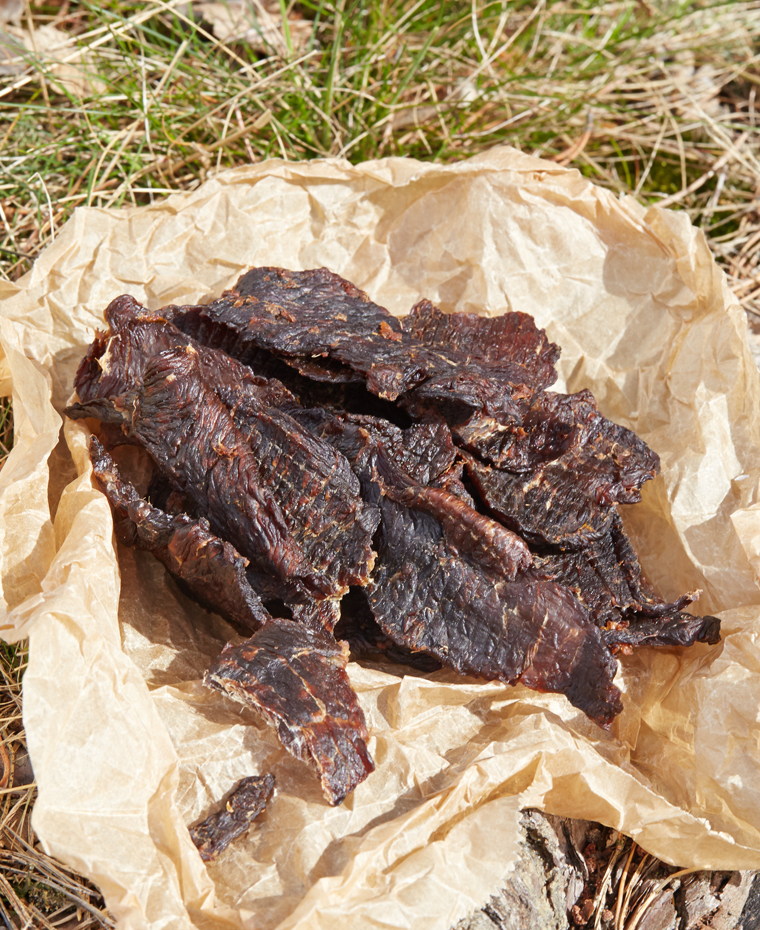How to make your own dehydrated backcountry meals
Dehydrating your food is the key to tasty backcountry meals that won’t weigh down your pack. Tanya Krezevska shows us how to do it
Drying your own food is an excellent way to reduce the weight of your backpack and save cash, as well as enjoy quick and delicious meals during your adventure.
People who have never tried dehydrated food before are generally skeptical or cautious about doing it themselves, when in reality it is a simple and inexpensive process that can be easily done in the comfort of your own home. Once you start placing your first slices of food onto the dehydrator trays, you’ll realise that it takes a lot less effort than you expected.
There are a wide variety of foods that a dehydrator can easily “dry out” such as fruits, meat, fish, and beans. It can even dehydrate entire meals, as well as leftovers.
There are a few general rules you should follow to make sure this is done correctly.
Fruits and Vegetables
- Pre-treatment: Wash and slice the fruits and vegetables. In order to slow down the browning process, some fruits like pears, bananas, and apples should be soaked in water with apple juice, lemon juice, or pineapple juice for a few minutes. Vegetables which have a comparatively long cooking time like green beans, cauliflower, broccoli, asparagus, pumpkin, and beetroot, should be roasted or blanched before drying. Canned fruits and vegetables packed in water or juice should be drained before arranging on dehydrator trays. Frozen fruits, berries and vegetables require no pre-treatment.
- Arrange the prepared fruits or vegetables on dehydrator mesh sheets or trays covered with non-stick sheets or parchment paper in a single layer.
- Dehydrate fruits 57°C, vegetables at 52°C. Drying times vary from plant to plant and depend mainly on the sugar and water content of the food.
- Store in airtight containers in a dark, cool place.
Cooked Grains, Beans and Pasta
• Start by cooking your grains, beans or pasta according to packet instructions.
• Once cooked to your liking, drain the water off and rinse the food with cold water to stop the cooking process.
• Spread the cooked pasta on dehydrator mesh sheets or lined trays (for small pasta shapes) in a single layer. Place cooked rice and beans on a dehydrator trays covered with non-stick sheets or parchment paper.
• Dry beans, grains, and pasta at 57°C for about 2–6 hours until brittle.
• Put into vacuum-sealed containers, jars or zip lock bags. Store in a dry, dark place at room temperature.
Whole Meals and Leftovers
Thoroughly cook your food before it’s placed in the dehydrator.
• Always reheat leftovers before drying, to prevent the growth of bacteria.
• Cut or shred your vegetables, fish and meats into smaller pieces. This ensures quicker drying and faster rehydration when you’re at the campsite.
• Place the food evenly on the dehydrator so it quickly dries the food out.
• Allow the dehydrated food to cool down before you package it.
• Divide and pack meals into single servings.
• Label and date each bag.
• Store bags with dried food in a cool, dry, dark place, preferably in the freezer.
• Do not dry food that contains oils, fats and dairy products. It will likely become rancid.
Tanya Krezevska is a professional chef who specialises in backcountry meals. Her website trail.recipes is filled with lightweight and trail-friendly meal ideas and recipes



